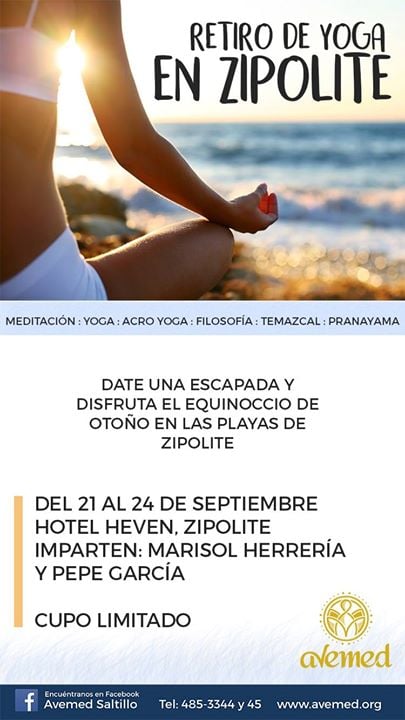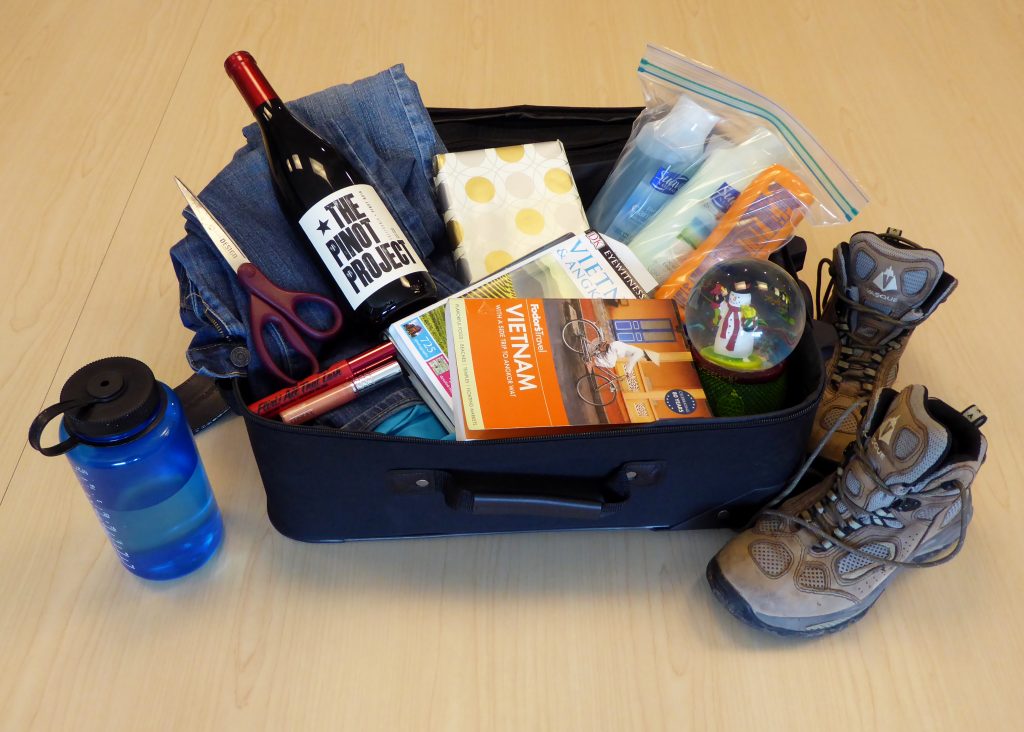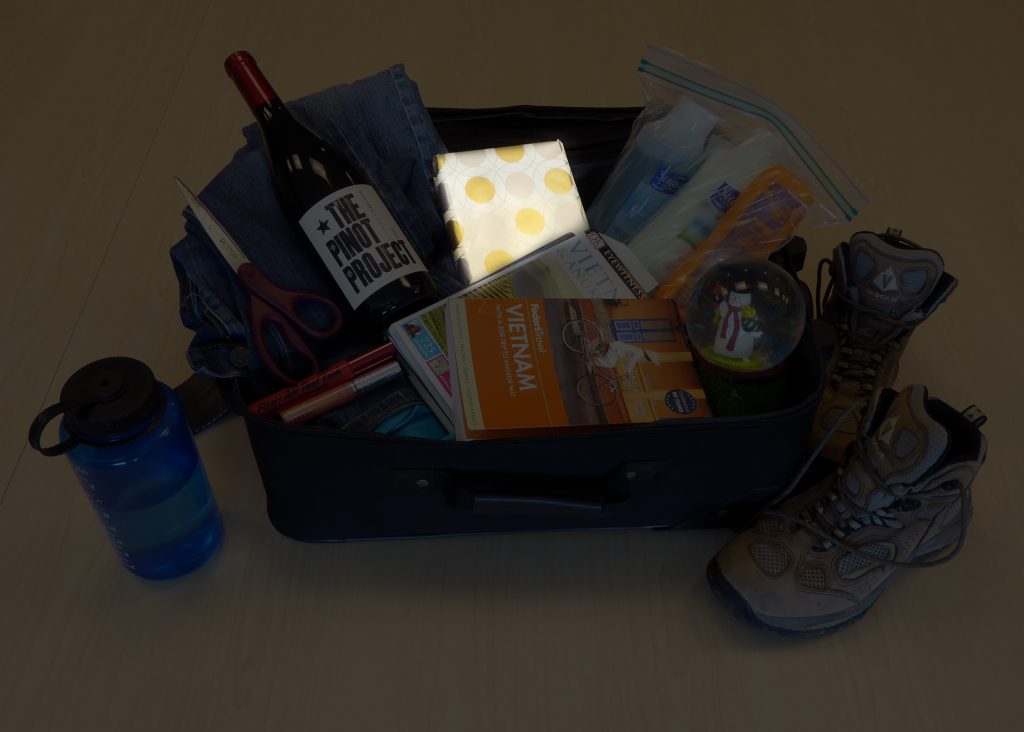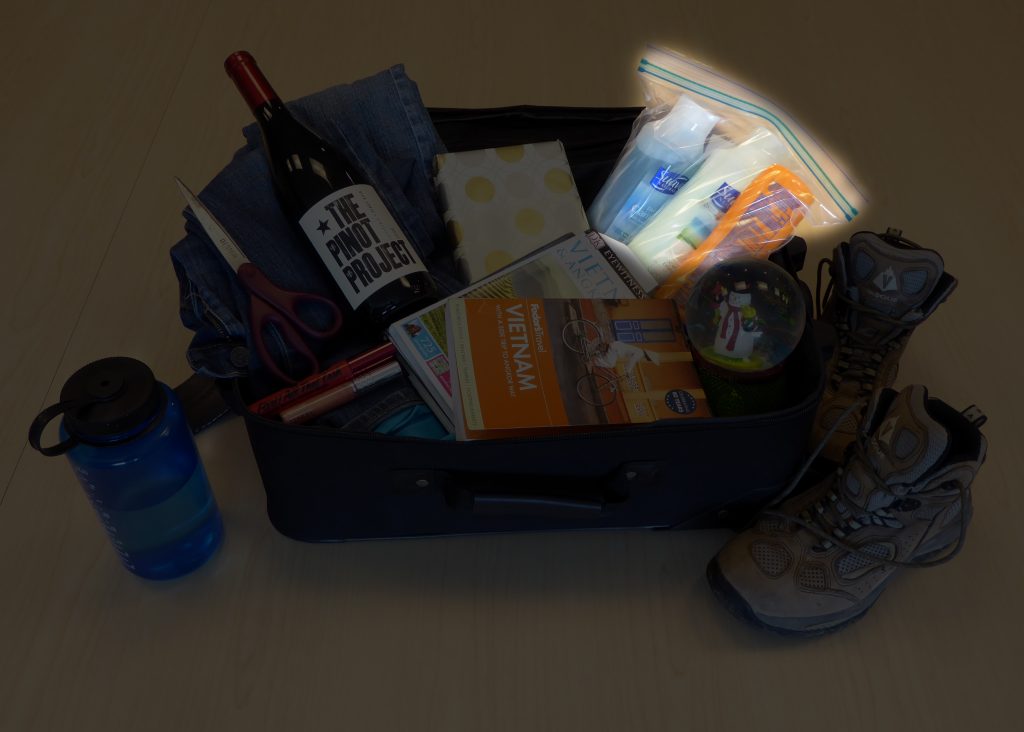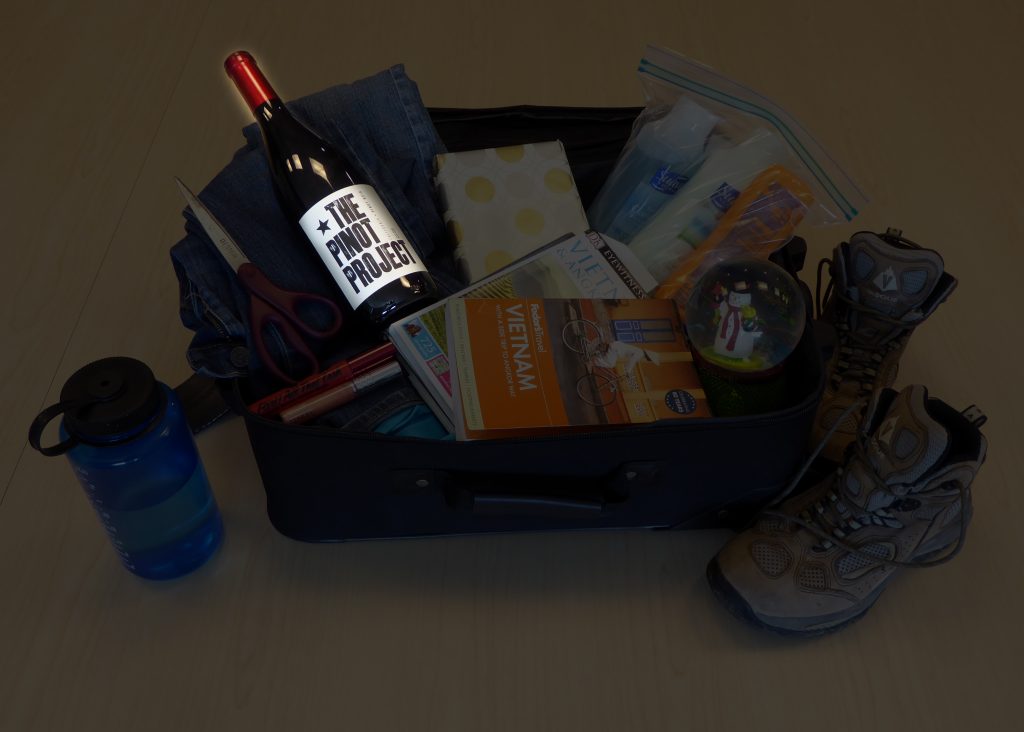Definitely Zipolite is far from being the traditional beach destination crowded with tourists and luxury hotels; It is rather a place to have intimate contact with nature, to escape the mundane noise and enjoy the simple.
Although this town is predominantly rustic and does not have great tourist infrastructure, its inhabitants assure that those who visit it are charmed by its charm and stay longer than planned.
Proof of this is that in recent years people of various nationalities - European, Canadian, American, Argentine, among others - took root here and even established businesses such as bars, shops, hotels and restaurants. Many others have simply opted for "love and peace" and forget the daily responsibilities to settle in the hippie way of life.
Between the 60s and 70s, this town, located 230 kilometers from the city of Oaxaca, came hundreds of hippies because it was the only nudist beach in Mexico, the ideal place for them due to the minimal police surveillance and easy access To drugs.
Today there are still young and old nostalgic hippies walking through the streets and even backpacking adventurers from Europe and other parts of the world. They make this place their permanent "base of operations," or they stay for seasons.
Foreigners and locals find in Zipolite a point of identification that allows them to live in tolerance and willingly share the Oaxacan traditions.
With only 2.5 kilometers of extension, the beaches of Zipolite, adorned with palapas, allow you to forget the inhibitions and tan naked in the sand, without fear that someone catches the attention of the bathers or be scandalized.
For this reason, in high season, hundreds of vacationers flock to the "Playa del amor" beach where nudism is allowed, although this is a common practice along the whole zipolite beach, according to the inhabitants.
Nudism, however, is still cause for morbidity and redness among not few Mexicans. And the location of the "Beach of love" does not help much to refute this argument, because it is behind a rocky hill, somewhat isolated, which gives a certain clandestine air.
At Zipolite extreme caution should be exercised during the rainy season (from July to September) as the sea currents are extremely strong and make it almost impossible to swim. Usually a red pennant on the beach warns of the danger of getting into the water. Yellow means caution; The green instead means that you can swim without problem.
That season is well used by the surfers who have the ability to ride the huge and furious waves. Even so, very experienced swimmers have died drowned, according to stories of the settlers.
But the rough sea is not an impediment to enjoy the beaches of the area, because about 10 minutes from Zipolite is Puerto Angel, where considerably more peaceful waters allow the whole family take a good dip. You can get there by taxi or bus.
A good option is to stay at a Zipolite hotel and explore nearby places like Mazunte, Ventanilla, Bermejita or San Agustinillo. It pays to sleep in a cabin very close to the sea and enjoy the dream with the sea breeze or the cooing of the waves. Mazunte is a particularly attractive spot for children, as there is the Mexican Turtle Center. In addition, in the ecological community of Ventanilla there is a mangrove of crocodiles and a beach turtuguera.
Whether traveling alone, as a couple, with family or backpacker, Zipolite offers multiple lodging alternatives for all budgets: hotels, cabins, bungalows and even hammocks to sleep on the beach for only 20 pesos a night.
Among the most recommended hotels are Brisa Marina, El Alquimista, Posada Dos Estrellas, Nude Zipolite, Heven, Oasis Castle, Villa Escondida, Lo Cosmico and Zipolite Plaza.
Of course, you have to be warned because Zipolite is exempt from ATMs and banks. You also need a good bottle of repellent, in case you are involved in a massive attack of mosquitoes.
The commercial and nightlife of this town is concentrated in a cobbled street, a few meters away, where there are bars, hotels and restaurants that offer seafood from the sea and Oaxaca. Artists, musicians and dancers make their gifts in this area where jewels and ornaments are also sold.
The nights of Zipolite are bohemian, propitious to sit in front of the beach and breathe the sea while drinking a beer or a frozen coconut in the middle of a talk, in some batucada or in a bar.
If you are looking to take advantage of holidays to "find yourself" spiritually speaking, some hotels offer yoga and meditation classes at affordable costs.
In the village there are some agencies that sell group tours to explore the surroundings on board boats. Although they are recommended and relatively cheap (about 200 pesos per person), you should not believe everything they promise. You will not see dolphins or whales during the tour. You will not be able to snorkel. What you will see are beautiful landscapes, almost virgins, and you will perceive the blue essence of the marine world.
If "travel" is involved, do not be alarmed if walking the beaches or on the streets offer some kind of narcotic such as marijuana, cocaine or hallucinogens. If he rejects the offer, nothing happens; If you accept it, it is your business.
In some areas of Zipolite there is a strange event that will startle the visitors: at night some families leave "armed" with lamps, as in a mysterious expedition, to collect crabs and then prepare them in "yellow", a typical stew of This region of Oaxaca.
Another wonder of Zipolite is that at night something as simple as observing the sky becomes a spectacle, as it reveals before the eyes a mantle of stars charmingly diaphanous, especially on the beach or in areas with little artificial light.
With absolute security the visitor will never forget Zipolite or its friendly, noble and warm people.
Love and peace.
To reach
By car, from Oaxaca , take federal highway 175 towards Ejutla-Ocotlán-Miahuatlán. Continue towards Pochutla and Puerto Ángel until you reach the junction with the federal coastal road 200. The journey is approximately six hours, although the road is winding, full of curves and is in very poor condition. Try to travel by day. In public transport there are two options: one is the van type van service, for 160 pesos. The units arrive at the municipality of Pochutla and from there you can take a bus or taxi to Zipolite (located about 25 minutes). If you are looking for more comfort when traveling, there are departures to Pochutla from the bus station of Oaxaca, although the cost is 330 pesos and the travel time increases to between eight and nine hours.
From Huatulco , on the highway's exit, there are second-class taxi and bus services to Pochutla. The inhabitants of Zipolite, Puerto Angel, San Agustinillo, Mazunte and other small towns are transported in collective taxis, in which several passengers travel, unlike the regular taxi, and their rates are much cheaper.
From Mexico City, Puebla, San Cristobal de las Casas and Tapachula, Chiapas there are also bus runs to Pochutla.
Twitter: @armandogtzrdz


